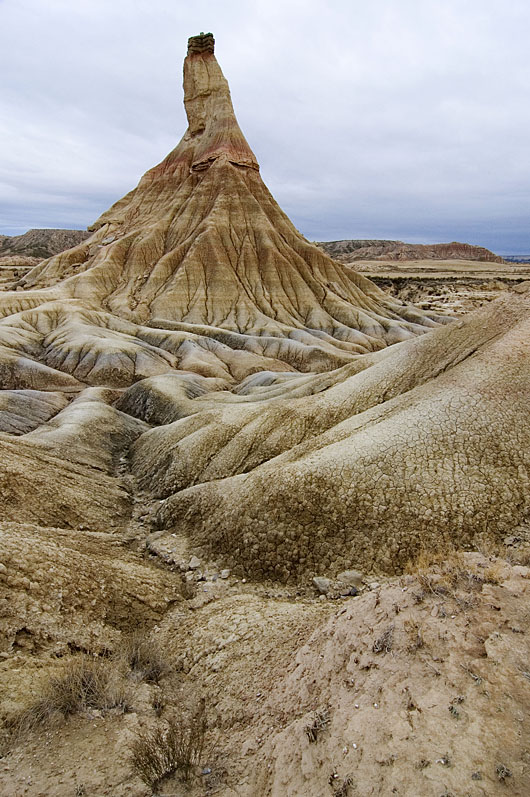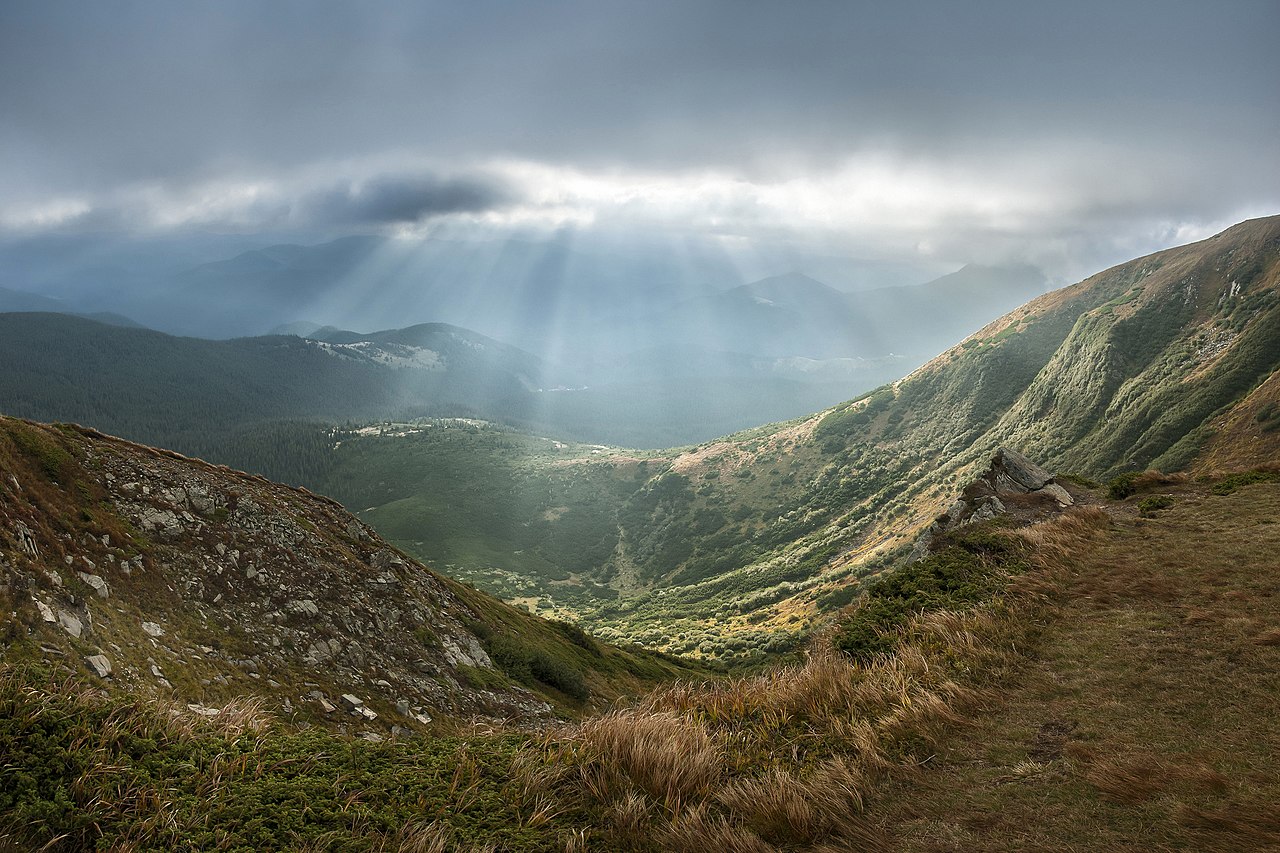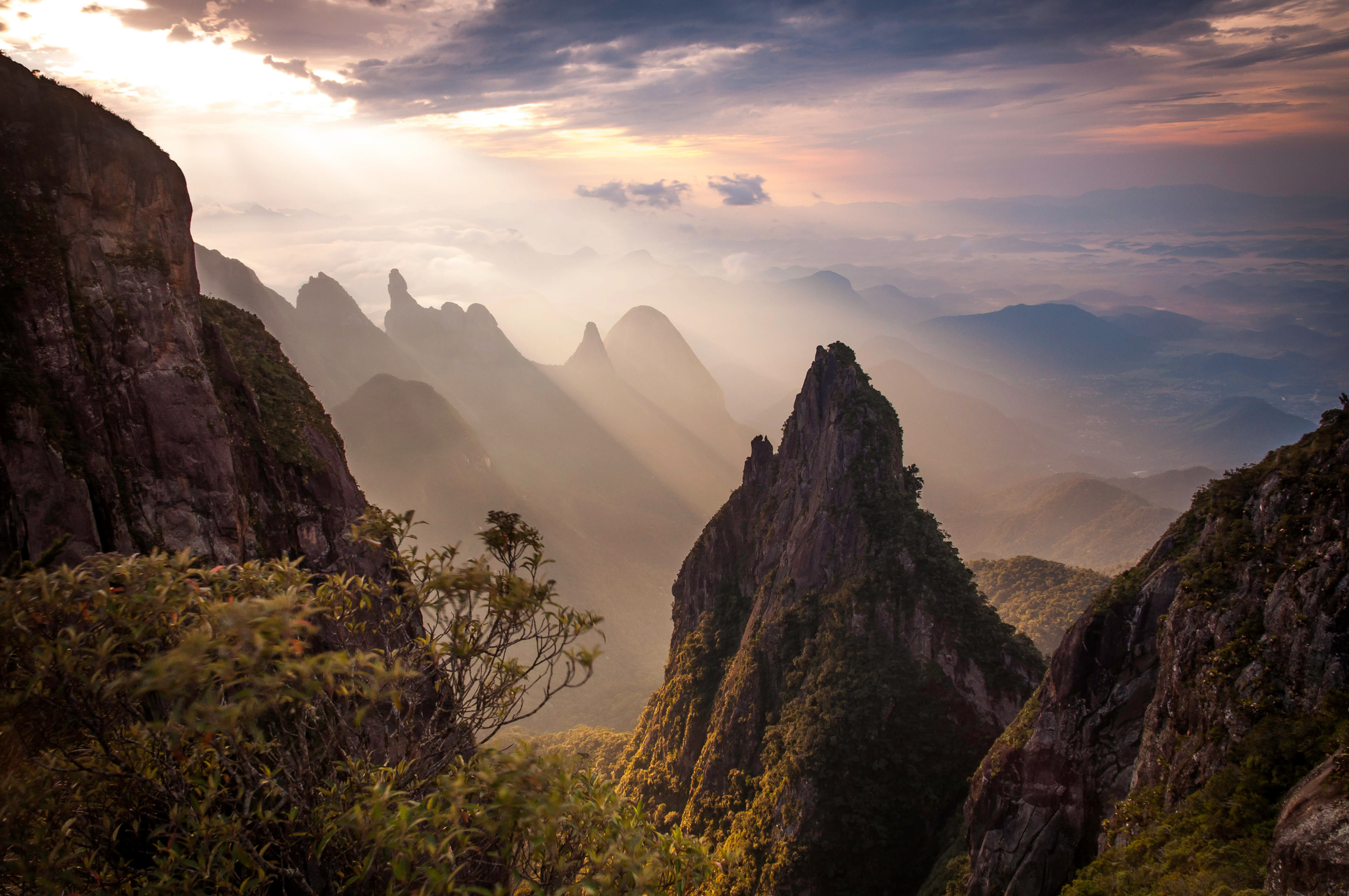
|
Let's see: we know the total mass of the Earth through its gravitational interaction with the solar system. In 1797, Cavendish [ref.1] measured the Gravitational constant G and the density of the Earth is ever since known to be about 5.51 times the density of water: nearly twice the average rock density we find at the surface.
In 1898, Wiechert suggested [ref.2] that this high Earth’s density could be explained by a core in the center made of nickel and iron (like many meteorites known at the time) surrounded by a shell, or mantle, of the lighter silicon-dominated rocks that we see in the surface.
 |
| 2. Inge Lehmann was one of the key discoverers of the inner core of the Earth. |
But in 1936, Inge Lehmann (picture on the right) found that the center of the core is indeed nearly-solid, since she inferred weak shear waves travelling through it [ref. 4] using highly-sensitive seismometers in New Zealand. This has become known as the inner core.
3. Images of the tsunami following last week's earthquake in Chile.
Today, detecting the core down there has become a doable task for anyone. Last week's earthquake in Chile, for example, provides a great opportunity for you to check if Oldham did everything right. You only need to get seismograms from seismic stations around the world (many of these stations have their data available online, real time), and sort the signals according to the distance from the station to the EQ's epicenter, using the same time of reference, like in this image:
  |
| 4. Left: Each horizontal line is a seismogram of the Chile earthquake recorded at different locations of the planet (check USGS: 2015-10-16; Mw=8.3). Each seismogram is plotted according to the distance of the measuring station to the earthquake (vertical axis). The red circle shows the signal gap due to the outer core. Right: Same image, with the identification of the arrivals of the different seismic waves. 'P' waves are the compressional waves, they are first to arrive all around the planet's surface. The horizontal axis shows elapsed time, measured since the EQ occurred. The vertical axis shows the distance from the measuring station to the EQ. The red circle shows the region (around 110 degrees from the source) where the first seismic waves are not recorded. |
 |
| 6. The velocity of seismic waves changes with depth within the Earth. |
In summary: the absence of wave reception in regions around 14,000 km (between 103 and 143 degrees) apart from the hypocenter demonstrates that there is a liquid core where seismic waves travel slow.
Isn't it amazing that nobody realized this before the 20th century?
Finally, remember that the outer core is where the magnetic field of the Earth is generated, by the thermal convection of conductive molten iron around a nearly-solid iron inner core. In fact the changes in the convection patterns in the outer core seem responsible for the rapid historical changes observed in the magnetic field. There is more about the magnetic field in this earlier post.
| 7. Convection in the iron-dominated outer core around a nearly solid core is widely accepted as the cause for the Earth's magnetic field, and known as the geodynamo. (Glatzmaier & Roberts). |
Update 2015-12: Geophysicists call it the new core paradox: They can't quite explain how the ancient Earth could have sustained a magnetic field billions of years ago, as it was cooling from its fiery birth. Now, two scientists have proposed two different explanations. http://ow.ly/W3eQX
References (thank you nuclearplanet):
1. Cavendish, H., Experiments to determine the density of Earth. Philosophical Transactions of the Royal Society of London, 1798, 88, 469-479.
2. Wiechert, E., Über die Massenverteilung im Inneren der Erde. Nachr. K. Ges. Wiss. Goettingen, Math-Kl., 1897, 221-243.
3. Oldham, R. D., The constitution of the interior of the Earth as revealed by earthquakes. Q. T. Geol. Soc. Lond., 1906. 62, 459-486.
4. Lehmann, I., P'. Publ. Int. Geod. Geophys. Union, Assoc. Seismol., Ser. A, Trav. Sci., 1936, 14, 87-115.

























